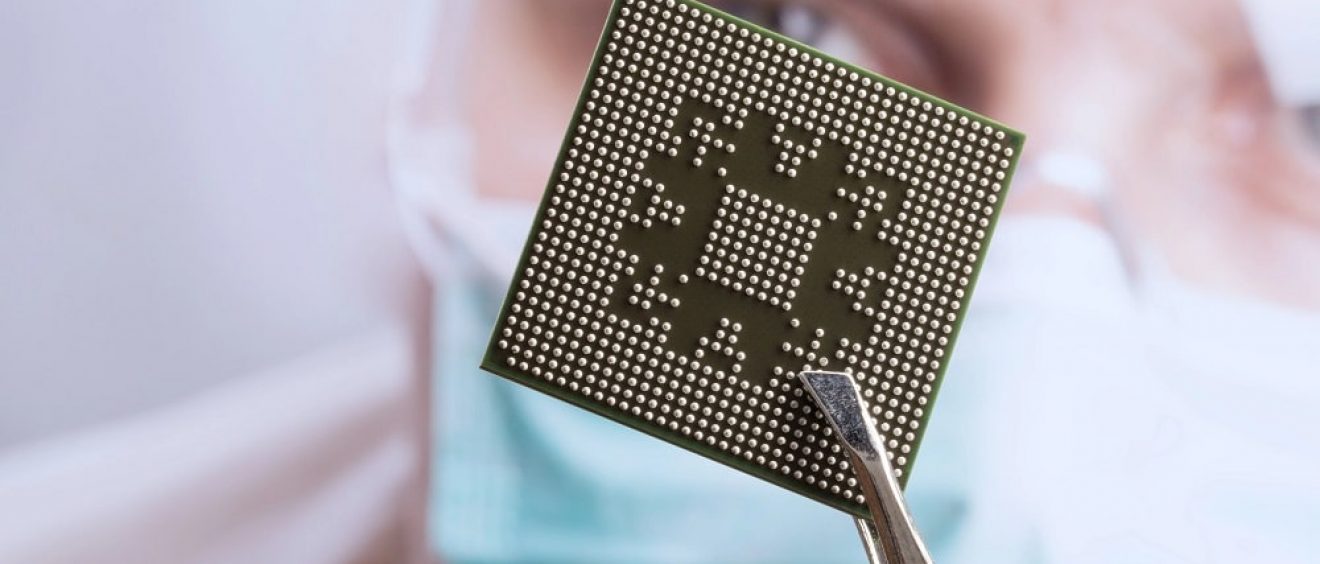
Additive manufacturing for active electronic components
Additive manufacturing (AM), previously known as rapid prototyping, is defined as a process to build three dimensional (3D) objects by means of joining materials layer-by-layer.
Recently known as 3D printing, this exciting technology is creating a new chapter in the manufacturing industry with the possibility to transform digital information into physical components. Its potential has gained much interest from various sectors such as automotive, jewelry, aeronautical, and biomedical industry. Active electronic components are any electronic components or devices capable of controlling and amplifying the flow of electric charges. In a broader sense, active components also include those that can generate power. Examples of active electronic components include transistors, silicon-controlled rectifiers, diodes, light-emitting diodes (LEDs), operational amplifiers, batteries, etc.
These components normally require highly elaborate fabrication processes compared to those used for passive components due to their complex functionalities.
Conventional fabrication methods for active electronic components have been mostly based on photo lithography processes, which are subtractive in nature and show more and more intolerable disadvantages including complicated and expensive set-up, hazardous chemical preparation (Reese et al. 2004), and a considerable amount of rare-earth material wastage. Alternative fabrication methods are thus being explored and developed in order to overcome these disadvantages. One of the most promising approaches is AM, which has clear advantages compared to conventional methods in terms of reduction in material wastage, time bottleneck, and setup cost. Nonetheless, these methods still need much improvement and have numerous roadblocks to clear before they can be used to replace the conventional methods. For example, a typical organic thin-film transistor (OTFT) consists of four layers: two conductive electrodes, a dielectric layer, and a semi-conductive layer. A crucial requirement in the fabrication process of such OTFTs is alignment precision and accuracy to the micro scale level of all layers. This poses a challenge for some printing methods, as micro-scale tolerance of the printed patterns is still difficult to achieve. Finally, trends, challenges, and future outlook for printing of electronics are summarized and discussed.
Source: researchgate
